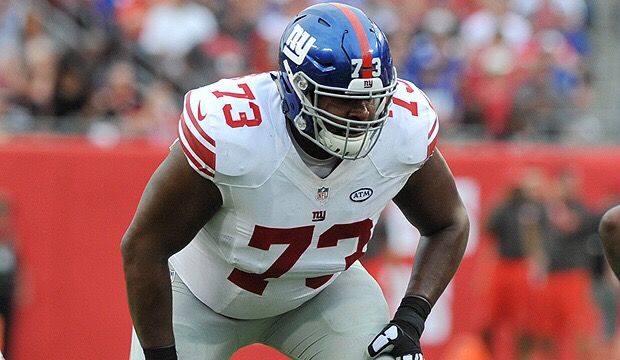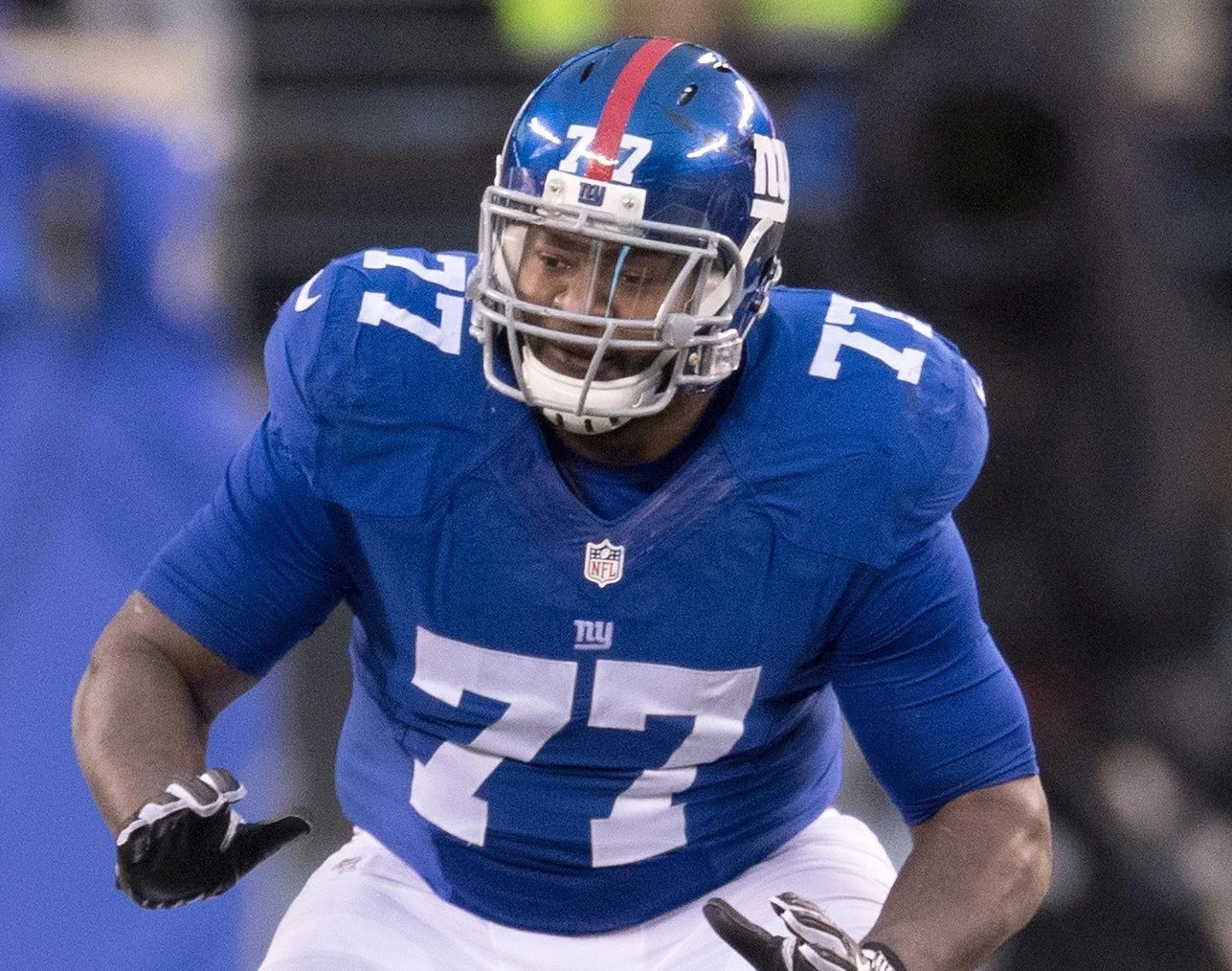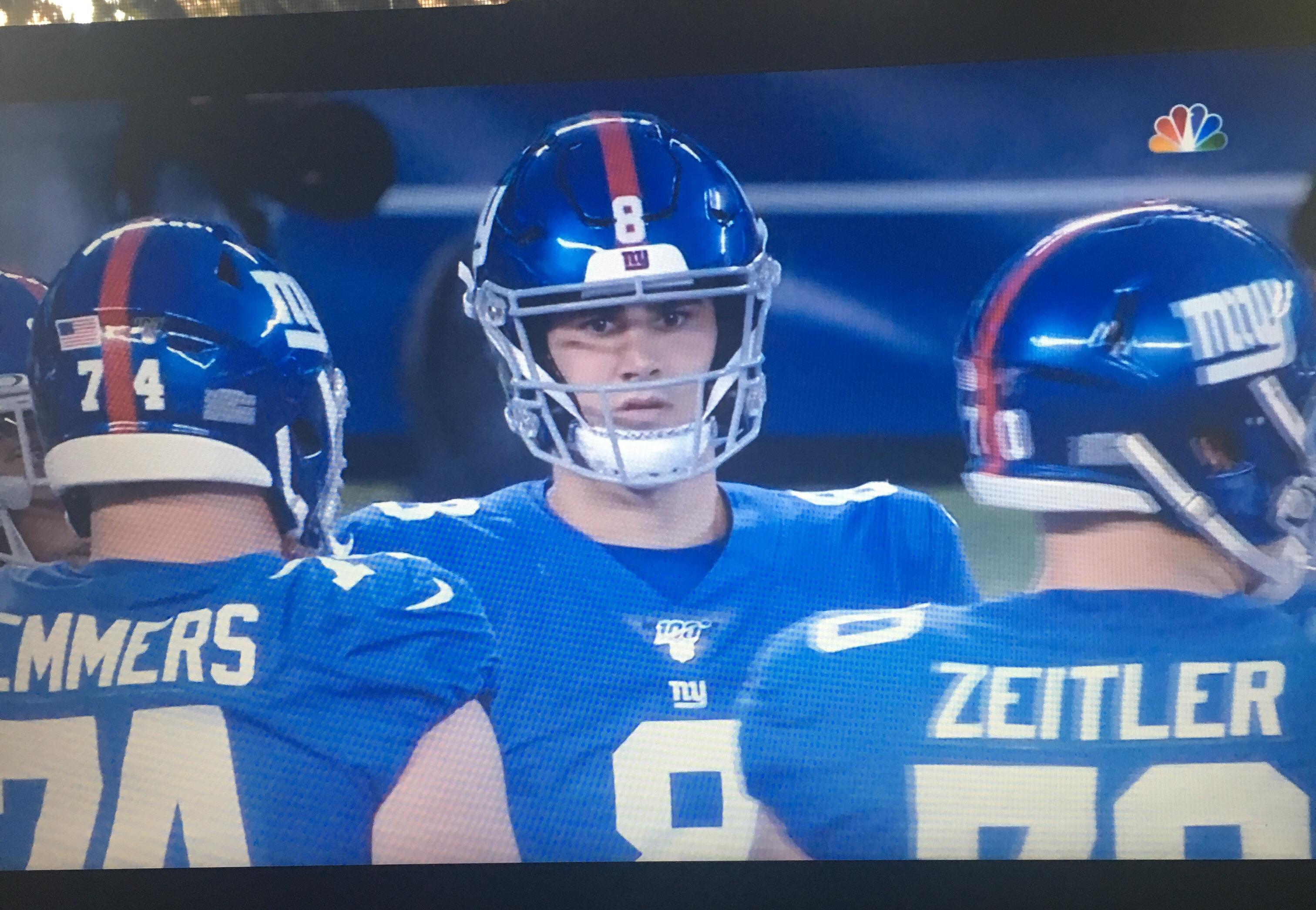As we approach training camp, we’re taking a look back at the first year of the current Giants regime, which has already taken major steps to reshape the future of the franchise.
Under general manager Joe Schoen and coach Brian Daboll, the Giants exceeded expectations in their first season with a 9-7-1 record and a playoff victory. But how did they get there? And have they laid a foundation to find continued success?
Over the past 18 months or so, we’ve learned about the tenets of how the new regime is building itself out and what we might see. Obviously, situations and motivations change, but it’s a fun exercise to ponder the past to look for patterns and think about how the future might unfold.
A shrewd sense of value
There have been plenty of examples of how Schoen values players, but there are a few key decisions that give us a sense of how aggressive and tenacious he can be when it comes to assigning value to a particular player.
The first example that stands out was the in-season trade of receiver Kadarius Toney to the Chiefs for a pair of 2023 picks, including pick No. 100. Toney, the previous regime’s final first-round selection, lasted 10 months under Schoen and even fewer days under Daboll. We know cost wasn’t a factor, since Toney was playing in just the second year of his rookie deal. We can also probably rule out scheme, since one of the biggest strengths of Daboll and offensive coordinator Mike Kafka is their ability to craft schemes that play to their players’ strengths.
Whatever the exact reasoning behind the trade was, Schoen decided pretty quickly Toney was a not a fit for what he wanted to build in New York, and he acted. Now, it remains to be seen if the trade will prove a success — that will depend on how well Toney and Darren Waller, the player the Giants acquired with the 100th selection, perform. But Schoen moved swiftly, even as the team was chugging along toward the playoffs at 6-1, when he saw a chance to reinvest Toney’s value into assets more to his liking.
Speaking of coming off a winning season, Schoen’s second offseason — this time without the constraints of limited cap space — was going to be another big clue about how his regime likes to operate. Would they go all in to win now or try and stay the course and build for the future?
And before any new additions could be signed, they had to make major decisions about quarterback Daniel Jones and running back Saquon Barkley. With Jones, you could probably interpret his four-year, $160 million deal in a number of ways. Perhaps you think the Giants overpaid for Jones at $40 million annually, but Schoen also gave himself an out if Jones fails to live up to the new deal. The team can dump Jones after two seasons to create $21.5 million in cap savings with just $18 million in dead money. Some might see it as wise to pay a little more up front for some insurance later.
With Barkley, Schoen went so far as to pull an offer on the table before applying the franchise tag to the star running back. The Athletic’s Randy Mueller, a former general manager of the Saints and Dolphins, believed that pulling Barkley’s offer could have been about setting a precedent in negotiations.
“He’s trying to set deadlines. He’s trying to create urgency and trying to have repercussions,” Mueller said. “At the end of the day, Joe has to have some teeth in why he pulled the offer.”
Schoen did the same thing to safety Julian Love. As my beat partner Dan Duggan reported, Love tested free agency waters, and the Giants elected not to match the Seahawks offer, even though it was less than their own in-season extension offer to the safety.
Again, how those decisions play out long term remains to be seen, but Schoen and company have not been timid. They’ve traded away players they don’t want, while trading up and for players they do. Schoen’s second year at the helm has been marked by aggression and a shrewd sense of value. It’d be wise to expect the same in the future.
Creativity
The Giants’ outside-the-box thinking started with hiring of Schoen, who became the first general manager who hadn’t previously worked for the organization since 1979. Schoen then hired Daboll, a familiar face from their time in Buffalo, but Daboll went outside of the ordinary when it came to hiring coordinators and filling out the remainder of the staff.
As Duggan detailed earlier this year, Daboll’s interview process was very unorthodox by traditional NFL standards, but it led to merit-based hires rather than what’s typical around the league, the hiring of former colleagues and old friends.
Beyond the initial hiring process, we’ve seen plenty of creativity when it comes to solving problems.
The Waller trade stands out as the prime example. With the team in desperate need of a top-shelf pass catcher, most outsiders believed the Giants would have to force a trade or overpay a free agent wide receiver. Instead, Schoen targeted Waller, a Pro Bowl-caliber player who could be had after some injury-plagued seasons.
The offense got its featured player, and a massive one at that in the 6-foot-6, 255-pound Waller. The tight end has already been lining up outside during the offseason and has started developing a quick rapport with Jones. There are valid questions about whether Waller can stay healthy and become the focal point of the Giants’ passing game, but there’s no denying the craftiness and creativity of the trade.
Adaptability
A lot of coaches say they can adapt, to adverse situations or to play to the strengths of their roster. But not many actually do what Daboll and the Giants did last season.
Consider the receivers. Sterling Shepard, Kenny Golladay and David Sills, along with Richie James, led the group in snaps early in the season. But Golladay quickly proved he didn’t belong on the field. Shepherd tore his ACL, and Sills was largely ineffective. Toney wasn’t healthy very long and was dealt when he was. And not long after rookie Wan’Dale Robinson started to find a rhythm in the offense, he tore his ACL.
With the receiving corps devoid of top-tier talent and in constant flux, two offensive minds in Daboll and Kafka, who came from pass-first offenses in Buffalo and Kansas City, turned the Giants into one of the league’s better running teams. And when defenses began to adjust, they found new ways to win — and with new weapons.
Near the midway mark of the season, Darius Slayton had worked his way back into the Giants’ good graces and became a key member of the passing offense. Bye-week addition Isaiah Hodgins blossomed into a surprisingly reliable target for Jones. James, who had never caught more than 23 passes in a season, became a consistent presence, matching Barkley for the most receptions (57) on the team.
And it wasn’t just the offense that had to overcome adversity. Secondary stalwarts Xavier McKinney and Adoree’ Jackson each missed significant time with injury. Same with edge rusher Azeez Ojulari. The linebacking corps was devastated by injury. All season long, younger players had to step up to fill needs. It didn’t always work out, of course. The Giants went 2-5-1 down the stretch, but they did enough to secure a postseason berth.
Let’s also not overlook the pro scouting department, which was able to find solid veterans in free agency to supplement the roster and plug needed holes. Hodgins stands out. As does inside linebacker Jarrad Davis, who was added in the final weeks of the season and is now competing for a starting spot.
“I was very impressed with (Daboll’s) leadership through good times and bad,” Schoen said. “We had some adversity there midseason after the bye and stuff and I thought he did a really good job navigating those waters. And, you know, eventually we came out on our side, and went on to win a playoff game.”
There’s no guarantee that if the Giants face similar adversity this season, they’ll be able to overcome it, but having proven their adaptability in Year 1 should give Giants fans a lot of confidence they’ll be able to find their way through tough times again in Year 2.


